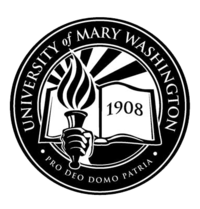Below is a summary of the abstract you submitted. Presenting author(s) is shown in bold.
If any changes need to be made, you can modify the abstract or change the authors.
You can also download a .docx version of this abstract.
If there are any problems, please email Dan at dar78@pitt.edu and he'll take care of them!
This abstract was last modified on April 30, 2018 at 1:49 p.m..

UMW Phage Hunters classes have been isolating phages from Bacillus hosts since 2011. Our host this year was B. thuringiensis subsp. Kurstaki, which has been used as microbial insecticide for pest control and is used as a simulant for Bacillus anthracis in biowarfare/bioterrorism studies. Of the 18 phages isolated this year, one (Natp) was sequenced. Natp was isolated from an enriched culture, and was found in soil from Warrenton, VA. Natp has a genome length of 164,648 bp, which autoannotated with 294 features, a direct terminal repeat of 2,545 bp, and a GC content of 37.8%. Natp is most similar to BM5, Juglone, AvesoBmore, and Troll by BLAST. No tRNA genes were found when searched with tRNA Scan. Interesting features of the genome will be shared. During the spring semester, the class attempted a host range project and several phages were able to replicate on Bacillus anthracis, showing a potential phage therapy for anthrax. One new feature this year was that the course was taught by a new instructor, Theresa Grana, for the first time. Much guidance was provided by Lynn Lewis and other regional members of the SEA-phages network instructors.
